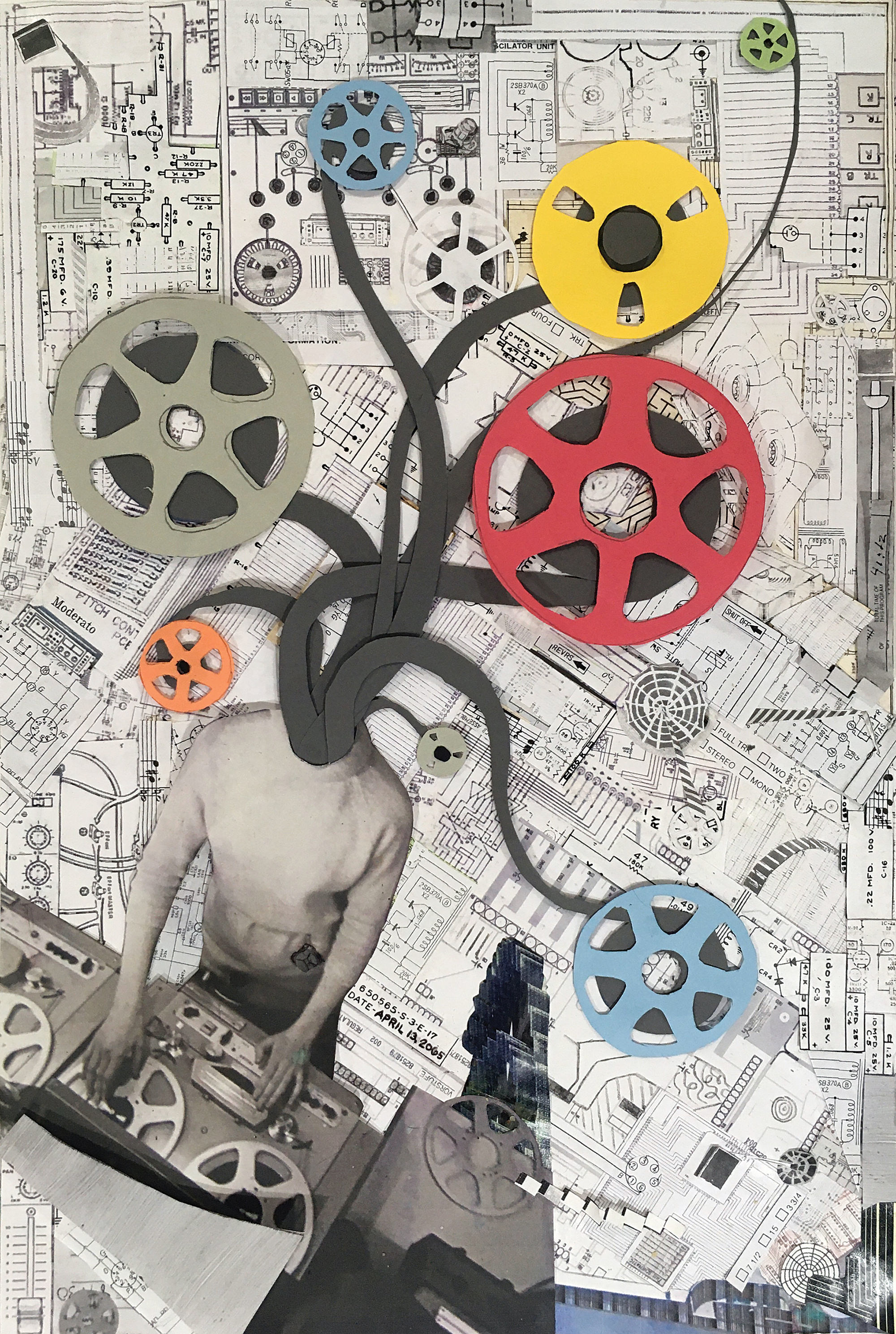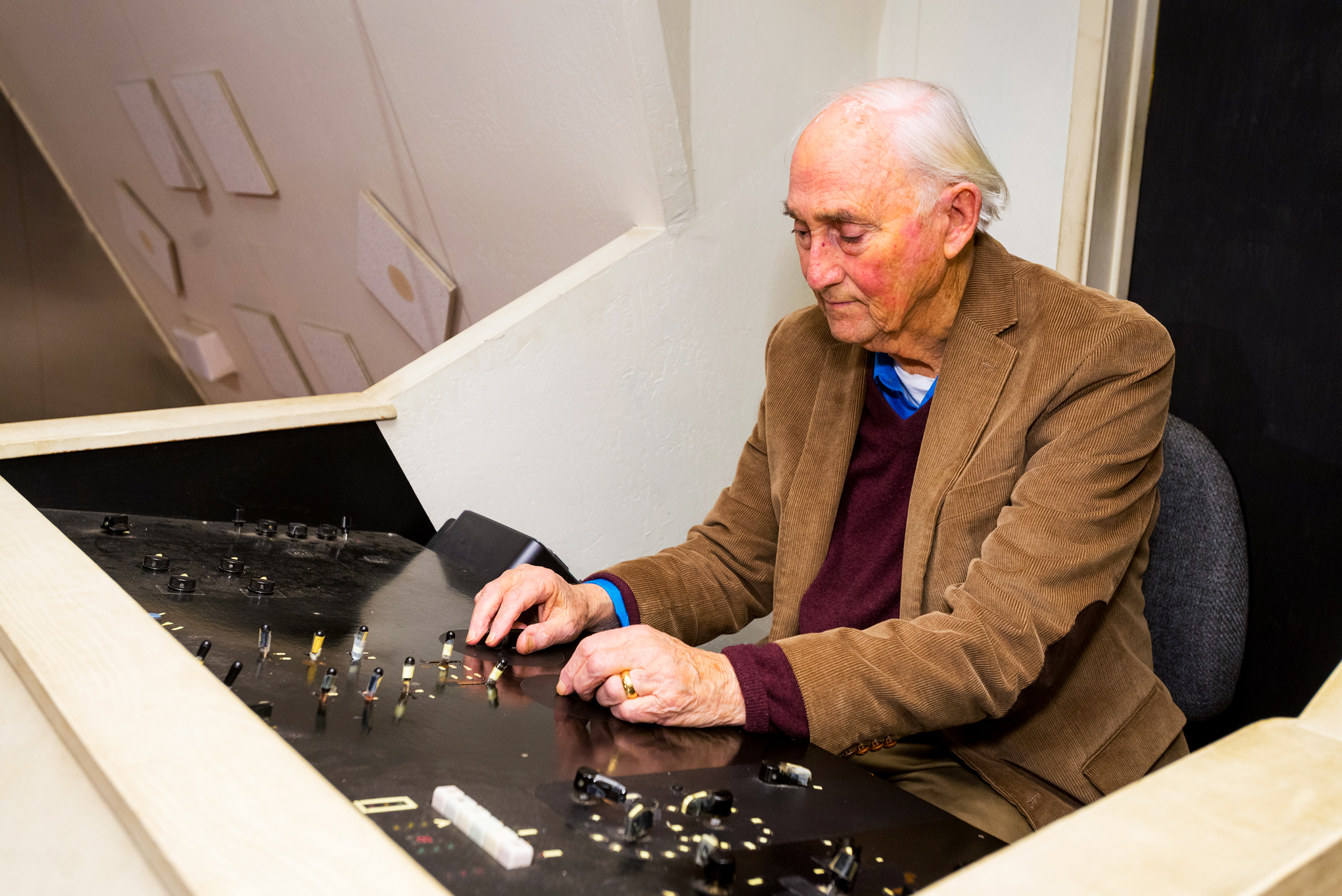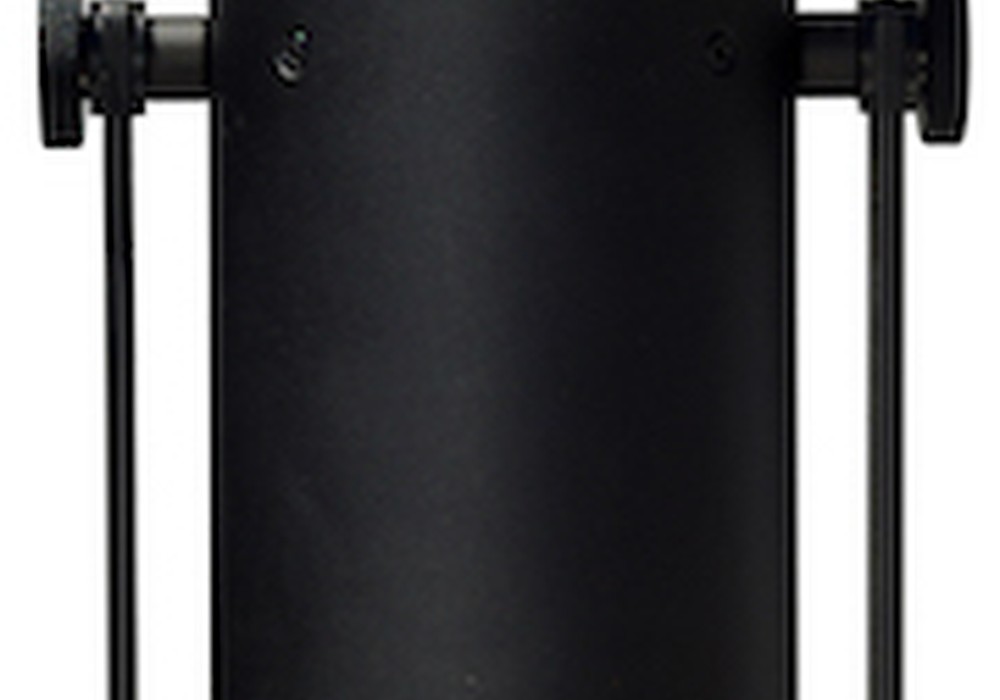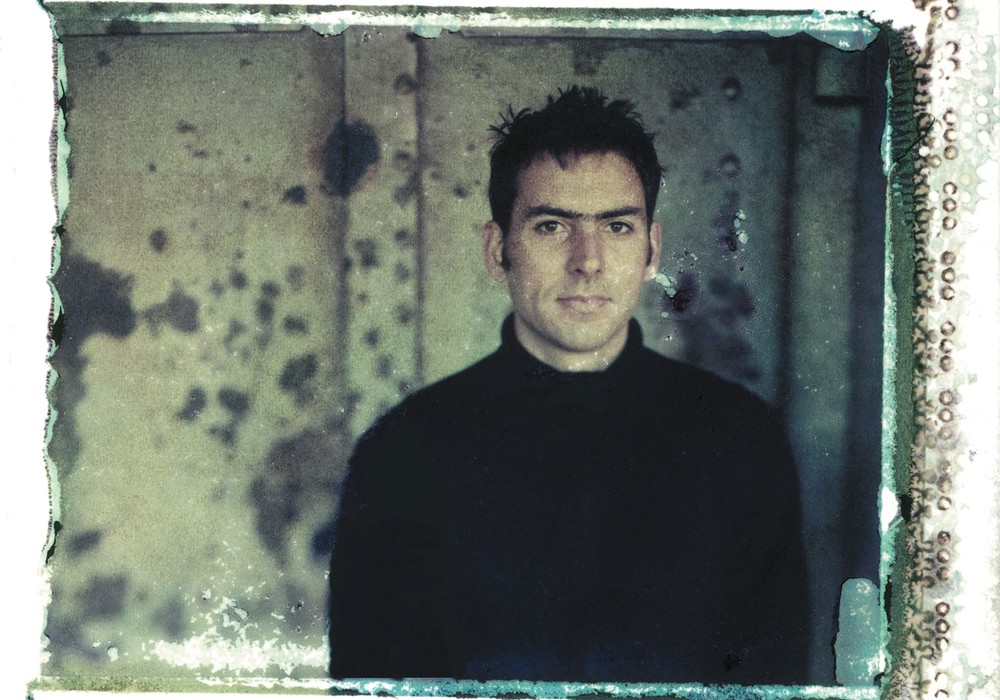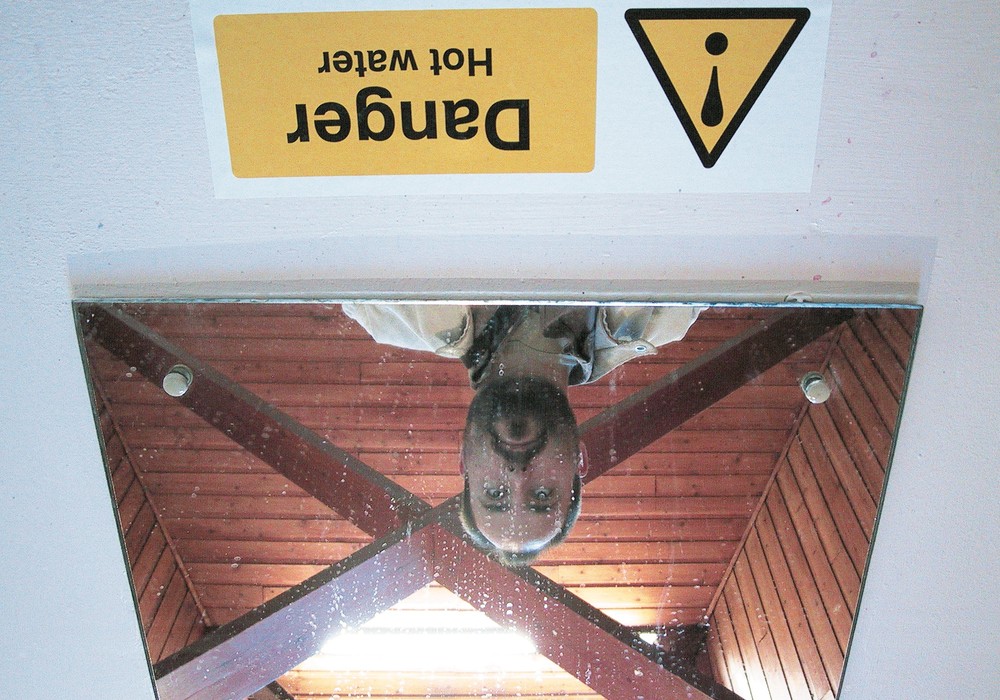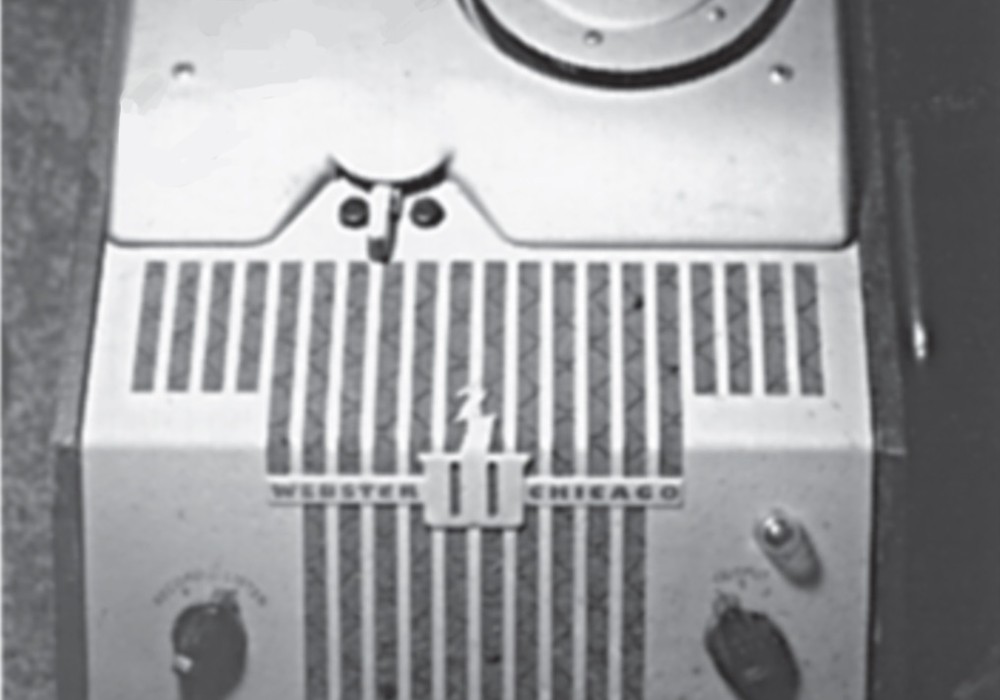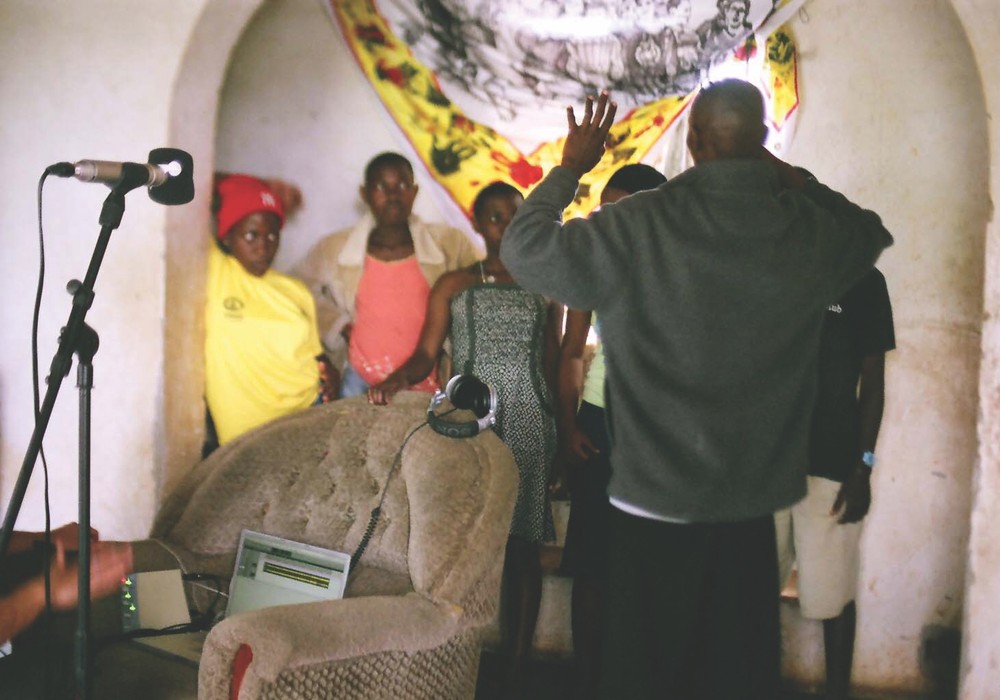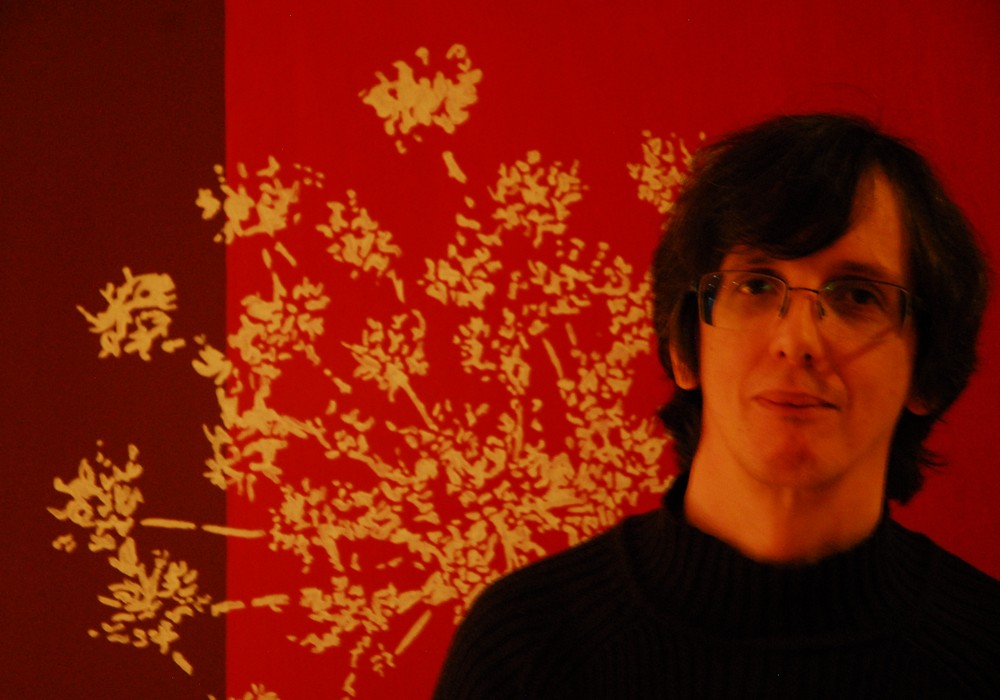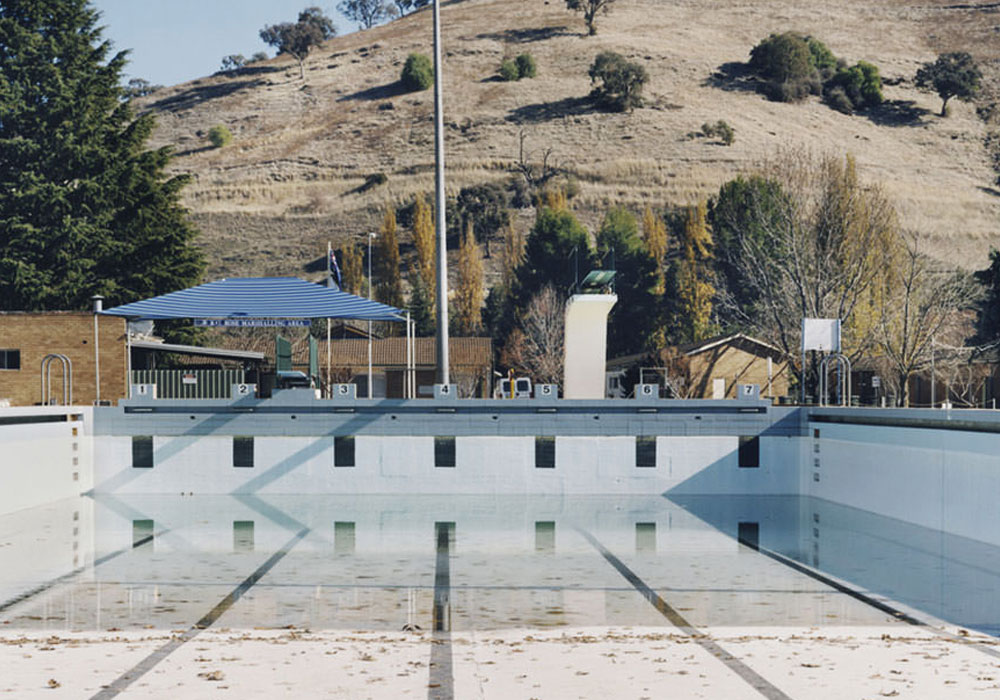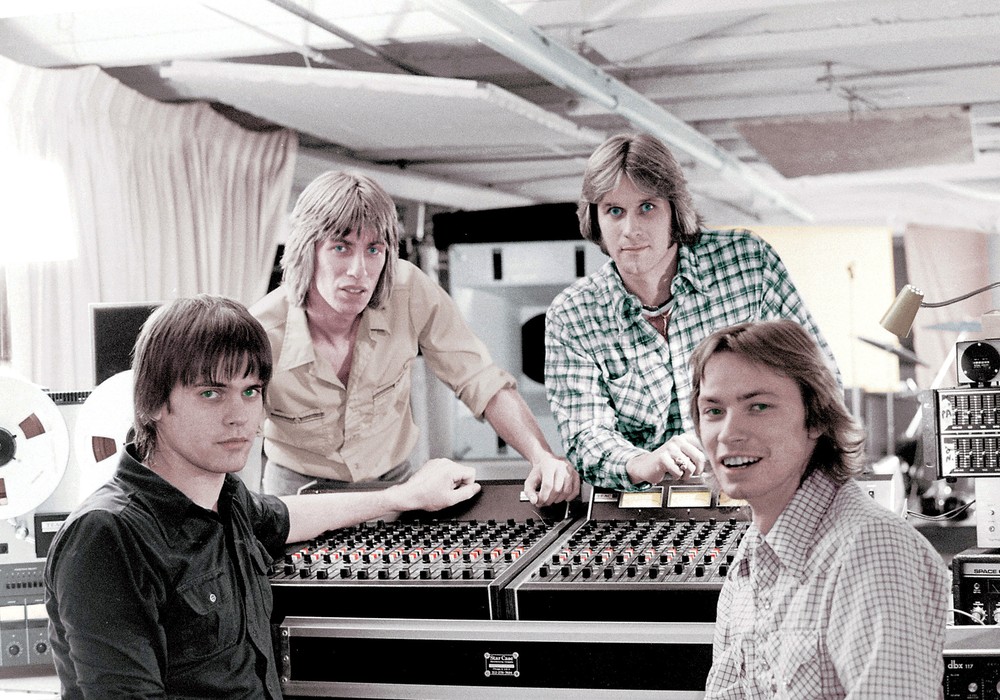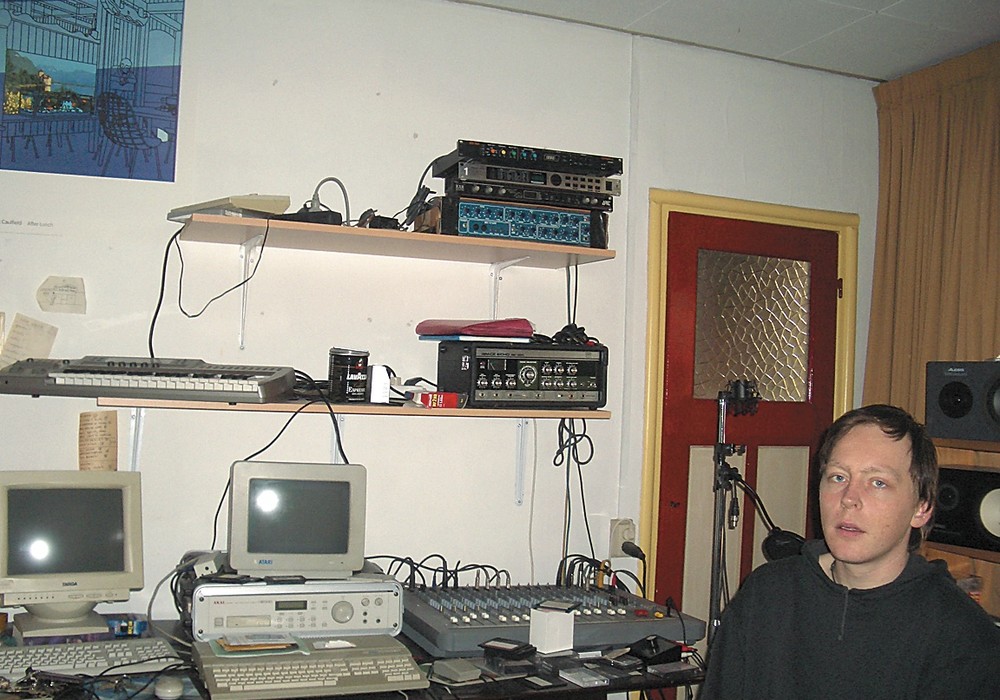Stan Shaff’s fascination with the use of sound movement as a compositional tool grew out of his roots as a jazz trumpet player. In 1960, he began staging the first of his live “sound sculptures” throughout the Bay Area. By 1965 he had created Audium, the first – and still only permanent – theater for sound movement, in San Francisco. Audium has grown to include an installation of 176 speakers. Today, Stan’s work is being continued on in partnership with his son, Dave, who is also a trumpet player. In Stan’s own words, “I have always been possessed by the evocative qualities all sounds seem to have, whether natural or electronic. Sounds touch deeper levels of our inner life, layers that lie just beneath the visual world.” It should be noted that Stan’s work pre-dated, by almost 20 years, the debut of Dolby’s revolutionary “split surround” stereo for cinema in 1978 (tested during the release of Superman, then formally introduced the following year with Apocalypse Now). Audium continues to stage performances every Thursday, Friday, and Saturday, year ‘round, to sellout audiences.
Do you feel that you were the first to use surround sound?
It’s hard to assert that. We might have been. We were certainly among the first to develop the immersive sound idea, and to utilize and control the motion of sound in real time.
Where did the inspiration come from to move sound around space?
As a musician myself, I learned my craft playing the trumpet. The first time music and space occurred to me was in my high school years. It was after WWII and my school was mourning those who had died in service of the country. We had a memorial in the auditorium, and I was asked to play “Taps.” It was me and a couple of other trumpet players, and we decided to play from different places in the auditorium. One was in the balcony, another was on the stage, and another was in the closet. Guess who was in the closet? [laughter] I didn’t realize it at the time, but that is how I first became interested in sound and distance. Decades later, after having played professionally as a jazz and symphonic guy, I became acquainted with [sculptor] Seymour Lock. I was teaching his son, and he knew I was interested in experimenting with sound. I met Seymour, who was teaching at SF State, and he was working with an overhead projector. He was probably one of the first to develop a “lightshow.” He asked me to come over once a week; he would project abstract images on a screen and I would interact and interpret them with my trumpet. So, I started thinking about how the visual organizes sound. He was using light as sculpture, and focusing on how light played a part in all art. He thought of it as a force that had a language all of its own. Certainly, sound itself might have language, in terms of what it feels like. And the movement of sound might have another characteristic of its own. I began working with a modern dancer – Anna Halprin. We would play as the dancers improvised; they were very free form. That’s when I became interested in composition – by doing it on the fly. I started to move around the stage and interacting with the dancers, and that became the stimulus for Audium. As I moved closer to the other musicians or dancers, it was like another communication was occurring. Doug McEachern became a close friend. He was a musician, but also had an electronics bug. I proposed to him being able to mic and move my trumpet around and circulate it through different speakers. He put together a small board so we could move sound around through speakers. I saw the movement of sound itself as composition. So, we started taping sound and that extended the possibilities more from just playing live. The more we did it, the larger the board got and the more complicated it became. We also began to work with different intensities of sound. This was back in the early 1960s, when there was so much experimentation in all of the arts, especially in northern California. I had taught in middle school, high schools, and colleges. I always had an auditorium available that I could experiment with. I would involve the students and have them improvise. So, we put on a program at the Museum of Modern Art that was probably one of the first lightshows ever, anywhere.
The first board was built when?
In 1960. The board became a musical instrument. Anna’s husband, Lawrence Halprin, was a well-known landscape artist, so we set up speakers outdoors at their house in Marin and the dancers moved around them. We created a Doppler effect; by putting two crosswires over the audience’s head we could turn a speaker around manually without the mechanics making any noise. Darkness was absolutely necessary; it was an ingredient in the language. The more that an audience was put in the position of using their ears, the larger the vocabulary became. Darkness is almost as important as the sound itself. The first time we turned the light down at a performance, a child screamed. We had to...
